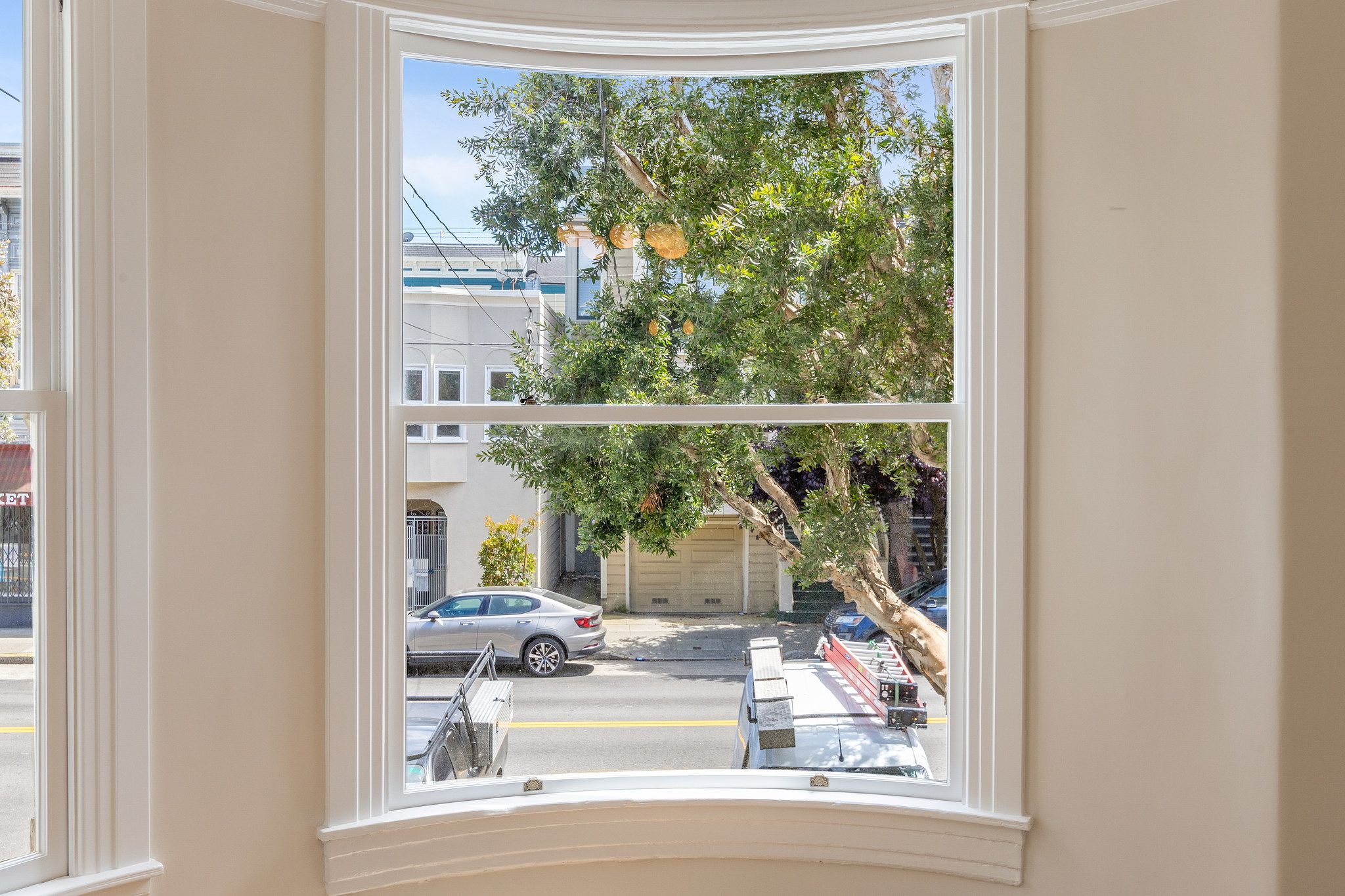Our Guide to Restoring Historic Windows

Over the nearly 20 years of residential restoration in San Francisco, our team has specified and installed more windows than we can count! Our expertise includes curved windows, classic San Francisco double-hung, casement, hopper and awning windows.
Because of their aesthetic importance and critical function, we are often asked to breakdown the at times complicated San Francisco Planning and Building codes.
The San Francisco Planning Department's Standards for Window Replacement guide is an essential document for homeowners, in preserving the city's architectural integrity of your home, especially within historic districts. The guide focuses on maintaining the visual and historical consistency of San Francisco's diverse architectural landscape while allowing for modern upgrades to improve energy efficiency and functionality.
Highlights of the Standards for Window Replacement
Historical Accuracy and Aesthetic Consistency
- The Planning Department emphasizes the importance of maintaining the historical character of buildings, particularly in historically significant areas like the Victorian-era neighborhoods.
- When replacing windows, property owners are encouraged to use materials, designs, and colors that closely match the original or existing windows to preserve the building’s architectural style. For example, if the original windows are wood sash, the replacement windows should ideally match this material and design.
Material and Design Specifications
- The guide outlines that wood windows are preferred, especially in historic buildings, due to their authentic appearance and versatility. However, alternative materials such as fiberglass or aluminum may be acceptable if they closely mimic the original design.
- For non-historic buildings, the Planning Department allows more flexibility but still requires that new windows blend seamlessly with the existing façade.
- The guide also details acceptable glazing types, which include clear glass, low-emissivity glass, and other options that improve energy efficiency without compromising the building’s historical look.
Permitting Process
- The guide provides a detailed overview of the permitting process for window replacement, stressing the importance of obtaining the necessary approvals before beginning any work.
- For properties in historic districts or those individually listed on the historic register, a Certificate of Appropriateness may be required. This certificate ensures that any modifications align with the historic character of the building.
- The Planning Department also requires detailed plans and photographs of existing conditions as part of the application process to ensure that proposed changes are in line with city standards. Energy Efficiency Considerations
- While historical accuracy is crucial, the Planning Department also recognizes the importance of energy efficiency. The guide allows for the incorporation of modern window technologies, such as double glazing and insulated frames, provided they do not significantly alter the appearance of the windows.
- The guide encourages the use of energy-efficient materials and designs that can reduce heating and cooling costs, thereby contributing to the city’s broader environmental goals.
Special Cases and Exceptions
- The guide acknowledges that certain cases may require deviations from standard practices due to unique architectural features or structural issues. In such cases, property owners are advised to consult with the Planning Department early in the design process to explore acceptable alternatives.
- For example, in buildings where original windows are no longer feasible due to extensive damage, the guide allows for modern replacements, provided they maintain the building’s overall historical character.
Maintenance and Long-Term Preservation
Beyond the replacement process, the guide stresses the importance of ongoing maintenance to preserve the integrity and appearance of windows. Regular painting, sealing, and repairs are recommended to extend the life of original and replacement windows alike.
The Planning Department also provides resources and recommendations for proper window care, ensuring that property owners can maintain their windows in good condition over the long term.
Conclusion
The San Francisco Planning Department's Standards for Window Replacement guide is a comprehensive resource designed to balance the need for modern, energy-efficient windows with the city’s commitment to preserving its historic architectural character.
By following these guidelines, homeowners can ensure that their window replacement projects enhance the beauty and functionality of their buildings while respecting the city’s rich heritage and preserving your investment.
If you need the full text or more specific details, we recommend visiting the San Francisco Planning Department’s official website, where the guide is available for public access, or reach out. We’re happy to provide additional insights.


